Constitution Day: On November 26th, 1949, the Constituent Assembly duly adopted the Indian Constitution. As a result, the Indian government designated November 26th, 2015, as Constitution Day. The Constitution of India enshrines Indian laws and their implementation. As a result, November 26 is also known as “National Law Day.”
In May 2015, the Union Cabinet decided to designate November 26 as Constitution Day in order to promote “constitutional values among residents.” The day was established in the year that marked the 125th birthday of BR Ambedkar, the Chairman of the Constitutional Drafting Committee. Jawaharlal Nehru, Vallabhbhai Patel, Shyama Prasad Mukherjee, and others served on the Constitution’s Drafting Committee.
Also Read: Constitution Day 2022: Date, History, & Interesting facts About India’s Constitution
There were 15 women among the 389 members. While it was a small representation, it was crucial in India’s history. These women, of various faiths and backgrounds, shared a common goal: to draught a Constitution that was equal to all Indians in all ways.
Constitution Day 2022: Here are some interesting facts about our #samvidhan#KnowYourConstitution #ConstitutionDay2022 #SamvidhanDiwas #India https://t.co/CwMOqankm3
— Batori 24 (@Batori24news) November 25, 2022
Let us meet the forgotten 15 women Constituent Assembly members and their critical role in the formation of the Indian constitution.
Constitution Day: 15 women who contributed in making the Indian Constitution
- Ammu Swaminathan:
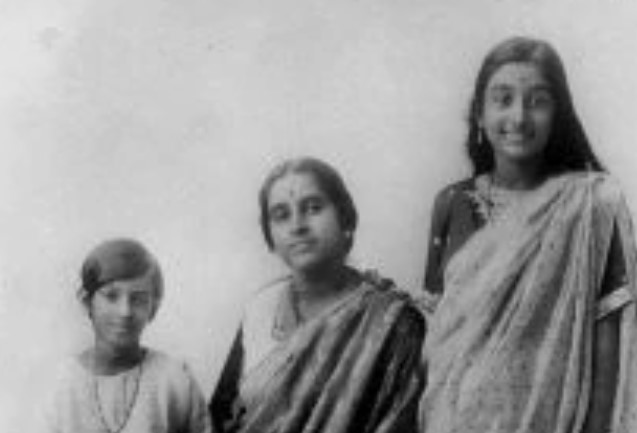
Ammu Swaminathan came from an upper-caste Hindu family in the Kerala district of Palghat. In 1917, she co-founded the Women’s India Association in Madras with Annie Besant, Margaret Cousins, Malathi Patwardhan, Dadabhoy, and Ambujammal. In 1946, she was elected to the Constituent Assembly from the Madras Constituency.
2. Dakshayani Velayudhan:
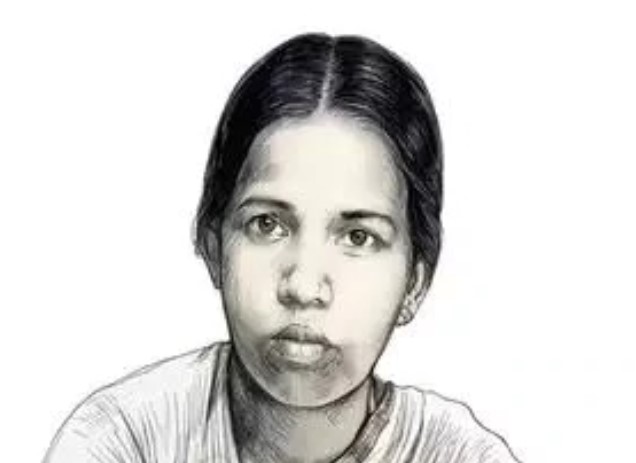
The State Government appointed Dakshayani to the Cochin Legislative Council in 1945. In 1946, she was the first and only Dalit woman elected to the Constituent Assembly.
3. Begum Aizaz Rasul:
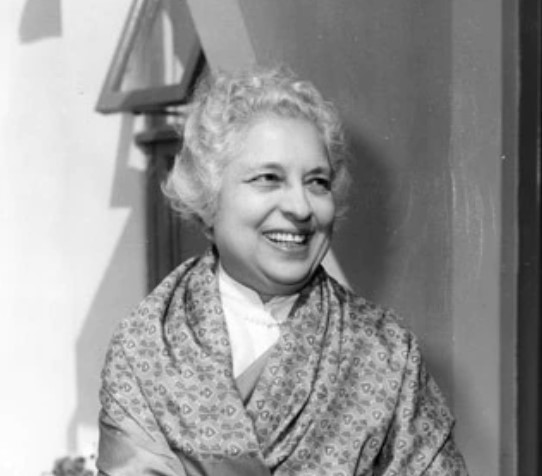
Begum Aizaz Rasul was born into a royal family in Malerkotla and married the young landlord Nawaab Aizaz Rasul. She was the Constituent Assembly’s only Muslim woman member.
Begum and her husband joined the Muslim League and joined electoral politics following the passage of the Government of India Act in 1935. She was elected to the UP Legislative Assembly in the 1937 elections.
4. Durgabai Deshmukh:
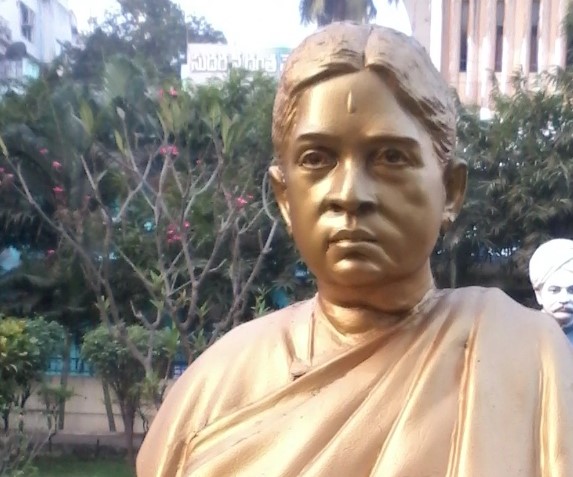
Durgabai Deshmukh was born on July 15, 1909 in Rajahmundry. She was 12 years old when she joined the Non-Cooperation Movement, and in May 1930, she joined the Salt Satyagraha movement in Madras with Andhra Kesari T Prakasam.
In 1936, she founded the Andhra Mahila Sabha, which grew into a major educational and social welfare institution in Madras within a decade.
5. Hansa Jivraj Mehta:
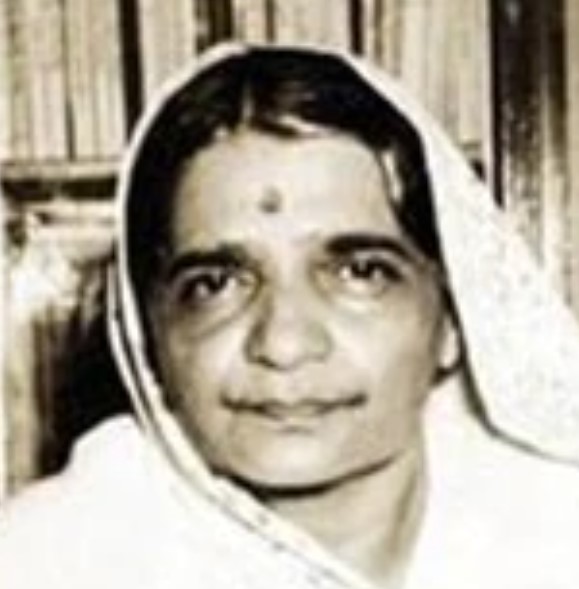
She wrote many Gujarati children’s books and translated many English stories, including Gulliver’s Travels. In 1926, she was elected to the Bombay Schools Committee, and in 1945-46, she was elected President of the All India Women’s Conference.
6. Kamla Chaudhary:
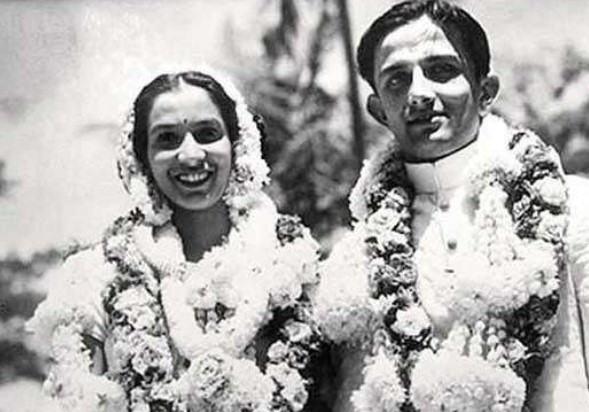
She served as vice president of the All India Congress Committee during its 54th session and was elected to the Lok Sabha in the late 1970s. Chaudhary was also a well-known fiction writer, and her stories typically dealt with the inner lives of women or the emergence of India as a modern nation.
7. Leela Roy:
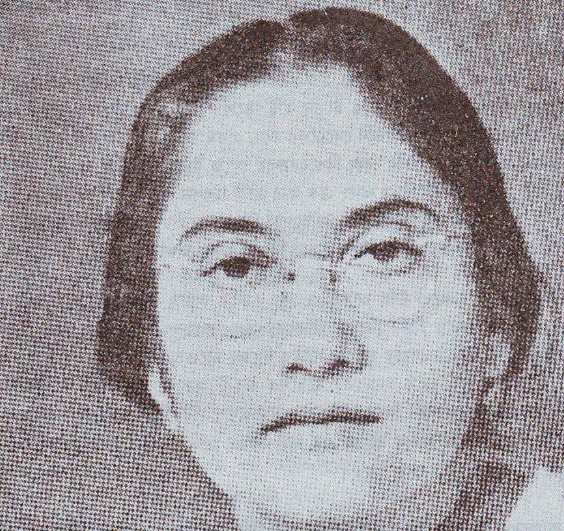
Leela Roy was born in October 1900 in Goalpara, Assam. Her father worked as a deputy magistrate and supported the Nationalist Movement. She graduated from Bethune College in 1921 and worked as an assistant secretary for the All Bengal Women’s Suffrage Committee, where she organized protests for women’s rights.
8. Malati Choudhury:
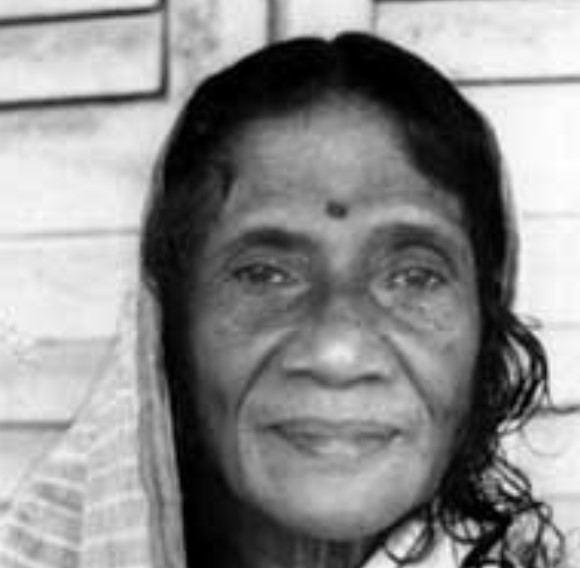
During the Salt Satyagraha, Malati Choudhury joined the Indian National Congress and participated in the movement with her husband. They educated and communicated with the people in order to foster Satyagraha.
9. Purnima Banerjee:
Purnima Banerjee was the secretary of Allahabad’s Indian National Congress committee. She was part of a radical network of Uttar Pradesh women who were at the forefront of the freedom movement in the late 1930s and early 1940s.
She was arrested as a result of her involvement in the Satyagraha and Quit India Movement.
10. Rajkumari Amrit Kaur:
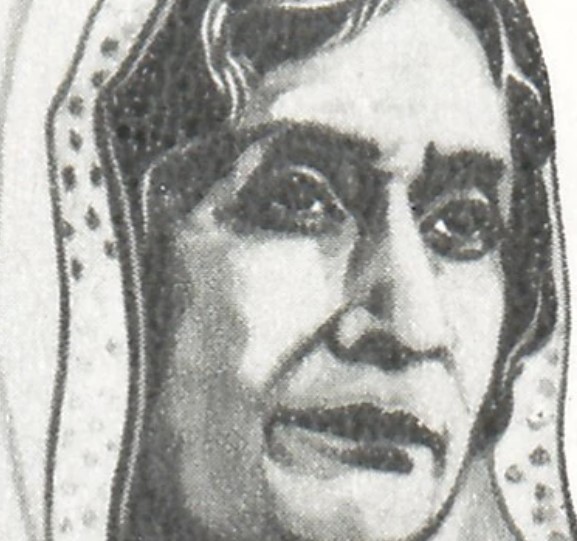
Amrit Kaur was born in Lucknow, Uttar Pradesh, on February 2, 1889. She was India’s first Health Minister, a position she held for ten years. She went to the Sherborne School for Girls in Dorset, England, for her education, but she gave it all up to become Mahatma Gandhi’s secretary for 16 years.
She founded the All India Institute of Medical Sciences (AIIMS) and fought for its independence. She was a firm believer in women’s education, sports participation, and healthcare.
11. Renuka Ray:
Renuka Ray studied at the London School of Economics while living in London. As the AIWC’s legal secretary, she submitted a document titled “Legal Disabilities of Women in India: A Plea for a Commission of Enquiry” in 1934.
She served in the Central Legislative Assembly, the Constituent Assembly, and the Provisional Parliament from 1943 to 1946. She was Minister for Relief and Rehabilitation in the West Bengal Legislative Assembly from 1952 to 1957. She served in the Lok Sabha as a member of Malda in 1957 and 1962.
12. Sarojini Naidu:
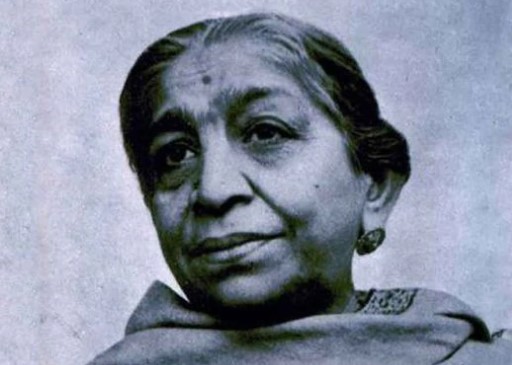
Sarojini Naidu, also known as the Nightingale of India, was born in Hyderabad, India, on February 13, 1879. She was the first Indian woman to be elected president of the Indian National Congress and the first Indian woman to be appointed governor of an Indian state.
13. Sucheta Kriplani:
Sucheta Kriplani was born in the town of Ambala, Haryana, in 1908. She is best known for her role in the 1942 Quit India Movement.
In 1940, Kripalani also founded the Congress Party’s women’s wing. Following independence, Kripalani served as an MP from New Delhi and then as the Minister of Labour, Community Development, and Industry in the state government of Uttar Pradesh.
14. Vijalakshami Pandit:
Vijaya Lakshmi Pandit was born on August 18, 1900, in Allahabad, India, and was the sister of India’s first Prime Minister, Jawaharlal Nehru. She was imprisoned by the British three times: in 1932-1933, 1940, and 1942-1943.
Pandit’s political career started when she was elected to the Allahabad Municipal Board. She was elected to the Assembly of the United Provinces in 1936 and became the first Indian woman to serve as minister of local self-government and public health in 1937.
15. Annie Mascarene:
Annie Mascarene was born in Thiruvananthapuram, Kerala, to a Latin Catholic family. She was the Travancore State Congress Working Committee’s first female member. She was a leader in Travancore State’s movements for independence and integration with the Indian nation.


